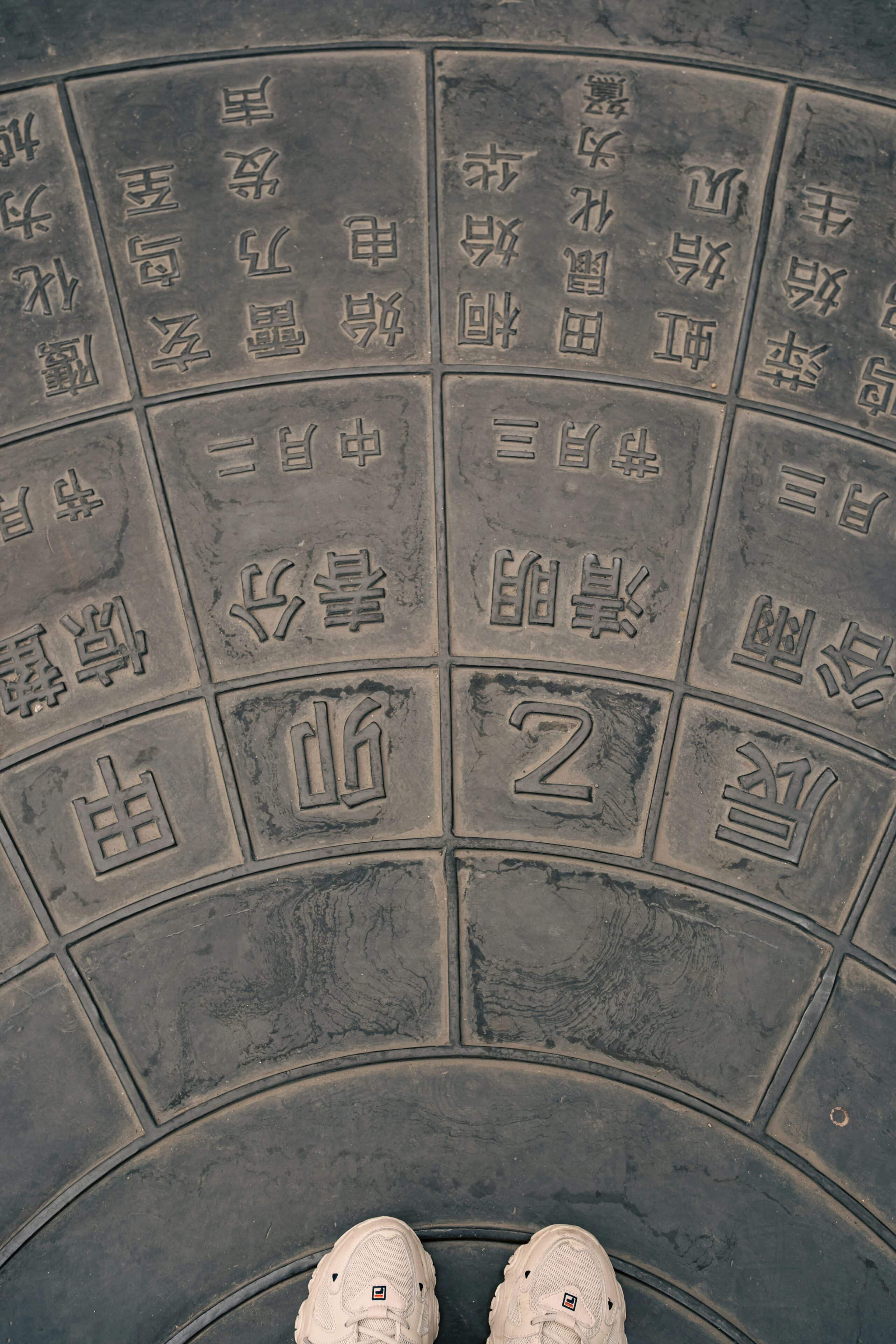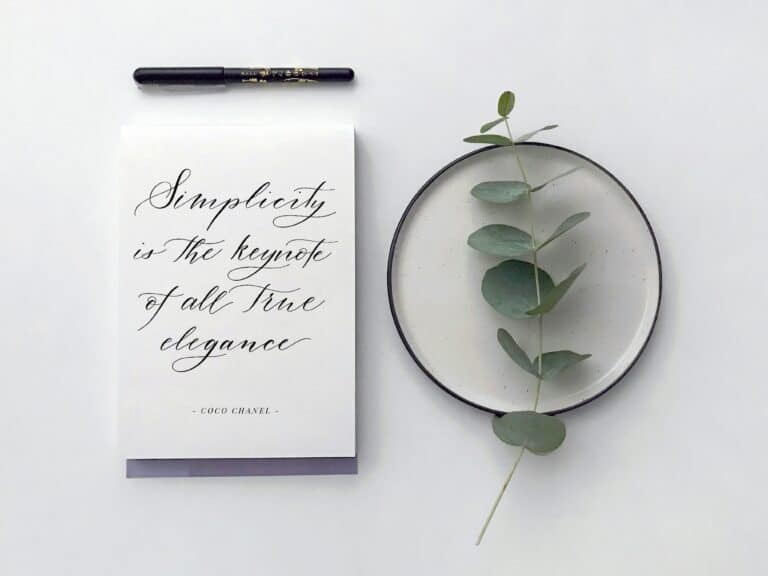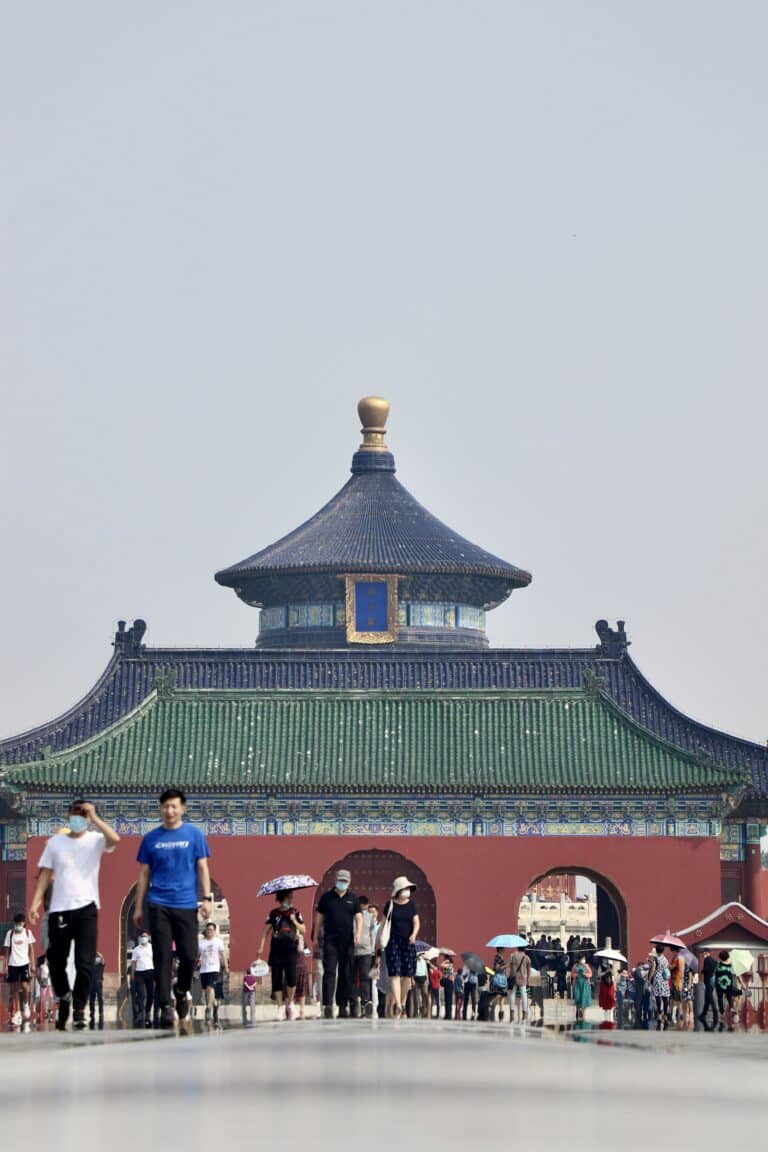Understanding the Feng Shui Bagua: Early and Later Heaven Sequences
Feng Shui, an ancient Chinese practice, revolves around the harmonious arrangement of space to facilitate positive energy flow, commonly referred to as chi. A fundamental aspect of this practice is the Bagua, an energy map that allows individuals to analyze their environment and enhance different aspects in one's life, including health and relationships. This article delves into the intricacies of the Feng Shui Bagua, exploring its significance, the underlying principles, and the distinctions between the Early Heaven and Later Heaven Sequences.

Introduction to the Feng Shui Bagua
What is the Bagua?
The bagua, translating to “eight trigrams,” is a pivotal concept in Feng Shui, serving as an essential tool for assessing energy flow within one's home or workspace. Composed of eight trigrams, each represented by three lines, the bagua encapsulates the duality of Yin and Yang. These trigrams signify various aspects of life, such as Fame and Reputation, Abundance and Prosperity, and Family and Community. By utilizing the bagua map, individuals can effectively redirect energy to enhance areas in their lives requiring improvement, thereby fostering positive chi and mitigating negative influences. This approach not only aids personal development but also promotes overall well-being.
Importance of the Bagua in Feng Shui
The significance of the bagua in Feng Shui cannot be overstated, as it provides a structured framework for evaluating and enhancing energy in different environments. Feng Shui practitioners employ the bagua map to identify life areas that may require attention, optimizing spatial arrangements to promote harmony and balance. At the center of the bagua lies health and vitality, forming the foundation for all other life aspects. By aligning physical spaces with the bagua, individuals can create environments that support their aspirations and lead to a more fulfilling life, ultimately acting on the eight trigrams to manifest their desired outcomes.
Overview of Early and Later Heaven Sequences
The bagua can be categorized into two primary sequences: the Early Heaven Sequence and the Later Heaven Sequence. The Early Heaven Sequence, attributed to the legendary figure Fuxi, embodies the primordial state of existence and the archetypal order before creation. In contrast, the Later Heaven Sequence, associated with King Wen, reflects the manifested world, capturing the cyclical nature of life through time, anatomy, and geography. Both sequences utilize the trigrams to symbolize the interplay between Yin and Yang, guiding Feng Shui practitioners in their practices and enhancing the understanding of the five elements of Wu Xing, such as water and fire, as they relate to the trigrams of earth and wind.
Exploring the Bagua Map
Components of the Bagua Map
The Bagua map is a two-dimensional representation that divides space into nine sections, each corresponding to different aspects of life as explored through the lens of the later heaven Bagua. The eight outer areas represent various life themes, such as Career, Relationships, and Wealth, while the center area symbolizes Health. Each section is associated with specific colors, elements, and even family relationships, providing a comprehensive approach to Feng Shui. By analyzing these components, practitioners can identify imbalances and take corrective actions to enhance the overall energy of a space. For instance, the metal corresponds with the trigrams associated with Wealth, emphasizing prosperity. Understanding these components allows individuals to use the Bagua map effectively, creating an environment that fosters positive chi and supports personal goals.
How to Use the Bagua Map
To effectively use the Bagua map, practitioners typically overlay it onto the floor plan of a space, aligning the bottom of the map with the entrance. This alignment allows for a direct correlation between the physical space and the corresponding life areas. By assessing which sections of the map correspond to specific rooms or areas, individuals can identify where enhancements or adjustments are needed. For example, if a bathroom is located in the Wealth area, it may indicate a need to rectify energy flow to prevent financial issues. The Bagua map serves as a practical tool for creating intentional spaces that support personal goals. By acting on the eight trigrams and their meanings, one can strategically enhance areas that require attention, thus maintaining a harmonious balance between Yin and Yang.
Applications of the Bagua in Design
The Bagua has significant applications in design, particularly in architecture and interior decorating. By integrating the principles of the Bagua into design choices, such as color schemes, furniture placement, and decor, individuals can create harmonious environments that resonate with their intentions. For instance, incorporating elements related to the Wealth area, such as colors associated with abundance, can enhance financial prosperity. The Bagua not only influences aesthetics but also fosters a sense of balance and well-being within a space, making it a valuable consideration in design practices, particularly at the top of the Bagua. The application of the Bagua is evident in both traditional and modern contexts, showcasing its versatility in addressing different aspects of life, backed by the wisdom of ancient Chinese philosophy and the foundational concepts of the five elements of Wu Xing.
Understanding the Early Heaven Sequence
Origins of the Early Heaven Sequence
The Early Heaven Sequence, also known as the Primordial Bagua, is rooted in ancient Chinese cosmology and attributed to the legendary figure Fuxi. This arrangement symbolizes the original state of the universe, representing the duality of Yin and Yang and their interplay. According to tradition, the Early Heaven Sequence was revealed to Fuxi after an encounter with a mystical dragon horse in the Yellow River. This sequence serves as a foundational concept in both Feng Shui and traditional Chinese medicine, illustrating the balance of natural forces.
Fuxi and the Eight Trigrams
Fuxi, a cultural hero of ancient China, is credited with the creation of the eight trigrams that comprise the Early Heaven Sequence. He is regarded as one of the Three Sovereigns, a figure who played a pivotal role in the development of Chinese civilization. Fuxi's teachings emphasize the relationship between the trigrams and the fundamental dualities of existence. Each trigram corresponds to specific elements of nature and represents various aspects of life, such as health, family, and career. The trigrams are foundational to understanding the principles of Feng Shui and the interconnectedness of all things as represented in the hexagrams of the I Ching.
Symbolism of the Early Heaven Sequence
The Early Heaven Sequence embodies the archetypal order of existence, symbolizing the balance between Yin and Yang. Each trigram within this sequence represents distinct natural phenomena and familial relationships, illustrating the interconnectedness of the universe. For example, the Qián trigram symbolizes Heaven and is associated with the father figure, while the Kūn trigram represents Earth and is linked to the mother. This duality serves as a reminder of the harmony and balance necessary for maintaining well-being in all aspects of life, reflecting the teachings of the earlier heaven. The Early Heaven Sequence is foundational in the practice of Feng Shui, guiding practitioners in their efforts to create harmonious environments.
Diving into the Later Heaven Sequence
Origins of the Later Heaven Sequence
The Later Heaven Sequence, also known as the Manifested Bagua, is attributed to King Wen of the Zhou Dynasty. This arrangement reflects the dynamic nature of the manifested world, focusing on the cycles of birth, death, and time. Unlike the Early Heaven Sequence, which represents a static state of existence, the Later Heaven Sequence embodies the processes of change and transformation. It is used in various applications, including Feng Shui, to analyze and enhance the flow of chi in living spaces.
King Wen and the Eight Symbols
King Wen, a significant historical figure in ancient China, is credited with the development of the Later Heaven Sequence of the Bagua. His contributions to the I Ching and the arrangement of the trigrams reflect a deep understanding of the natural world and its cycles. The Later Heaven Sequence is characterized by its emphasis on the relationships between the trigrams and their corresponding life areas. Each trigram represents various elements and themes, such as Fire for the South and Water for the North, illustrating the dynamic interplay of energies in the manifested world.
Symbolism of the Later Heaven Sequence
The Later Heaven Sequence symbolizes the dynamic processes of the manifested world, illustrating the cyclical nature of existence. Each trigram within this sequence reflects various aspects of life, such as emotions, physical health, and environmental patterns. For instance, the Li trigram represents Fire and is associated with the element of rapid movement and radiance, while the K’an trigram embodies Water, symbolizing danger and the abyss. This sequence emphasizes the importance of understanding the interplay of energies and the need for balance in all areas of life, making it a vital aspect of Feng Shui practice.
Comparing Early and Later Heaven Sequences
Key Differences in Philosophy
The Early and Later Heaven Sequences represent two distinct philosophical approaches within Feng Shui and traditional Chinese cosmology. The Early Heaven Sequence emphasizes the primordial state of existence, focusing on the balance of Yin and Yang and the archetypal order of the universe. It serves as a foundation for understanding the underlying principles of reality, where the trigrams illustrate the essence of natural forces. In contrast, the Later Heaven Sequence reflects the dynamic nature of the manifested world, highlighting the cyclical processes of change and transformation. This sequence is concerned with practical applications in everyday life, guiding Feng Shui practitioners in optimizing the flow of chi within spaces, thereby enhancing one's overall well-being.
Practical Applications in Feng Shui
In Feng Shui, the Early Heaven Sequence is primarily used for understanding the inherent qualities and relationships of the trigrams, serving as a basis for traditional practices. It is often applied in contexts such as burial sites or ancestral veneration, where the focus is on the spiritual and cosmic aspects of existence. Conversely, the Later Heaven Sequence is utilized for practical applications in residential and commercial spaces, guiding practitioners in optimizing energy flow and enhancing various life areas. This sequence is more dynamic and adaptable, allowing for adjustments based on changing circumstances and individual needs. By applying the principles of the Later Heaven Sequence, individuals can create environments that resonate with their aspirations while fostering a harmonious balance between the energies of Yin and Yang.
Integrating Both Sequences for Balance
To achieve a holistic approach in Feng Shui, practitioners often integrate both the Early and Later Heaven Sequences. This integration allows for a comprehensive understanding of both the foundational principles of existence and the dynamic processes of change. By recognizing the interplay between the two sequences, individuals can create environments that support their goals while maintaining balance and harmony. This approach acknowledges the importance of both spiritual and practical considerations, ensuring that spaces are conducive to overall well-being and personal growth. Utilizing the bagua effectively in this manner enables individuals to act on the eight trigrams, fostering a deeper connection with their surroundings and enhancing the flow of chi throughout their living and working spaces.
Conclusion
Recap of the Bagua and Its Importance
The Bagua is a vital tool in Feng Shui, offering insights into the energy dynamics of spaces and their impact on various aspects of life. The two primary sequences, Early Heaven and Later Heaven, provide distinct yet complementary perspectives on existence, guiding practitioners in their efforts to create harmonious environments. By understanding the bagua, individuals can enhance their well-being, achieve their goals, and cultivate a deeper connection with their surroundings. The interplay of the eight trigrams within the bagua map illustrates the relationship between different energies, enabling a balanced approach to life's challenges and opportunities.
Final Thoughts on Using the Bagua in Everyday Life
Incorporating the principles of the Bagua into daily life can lead to significant improvements in personal and environmental well-being. Whether through mindful design choices, intentional arrangement of spaces, or awareness of energy flow, the Bagua serves as a guide for fostering balance and harmony. By actively engaging with the Bagua, individuals can create supportive environments that reflect their aspirations and promote a sense of peace and fulfillment. The application of Feng Shui principles, especially through the understanding of the Early and Later Heaven Sequences, empowers individuals to navigate the complexities of life with a greater sense of clarity and purpose.
Q: What is the difference between the earlier heaven and later heaven sequences in Feng Shui?
A: The earlier heaven sequence refers to the original arrangement of the 8 trigrams as depicted in the Book of Changes, which represents the fundamental principles of reality and the cosmic order. In contrast, the later heaven sequence rearranges these trigrams based on practical applications in Feng Shui to map a room and to enhance chi energy.
Q: How are the 8 trigrams used in Feng Shui?
A: The 8 trigrams are used in Feng Shui to represent different aspects of life and the natural elements. Each trigram corresponds to specific energies, such as water, fire, earth, wind, and their interactions, helping practitioners understand how to balance chi energy in their environment.
Q: What role does the Bagua play in Feng Shui?
A: The Bagua is a tool used in Feng Shui to map a space according to the earlier heaven and later heaven sequences. It helps individuals identify areas of their life that may need attention, allowing them to enhance positive chi and mitigate negative chi.
Q: Can you explain the significance of the tai chi symbol in Feng Shui?
A: The tai chi symbol represents the duality of yin and yang, which is foundational in Feng Shui. It embodies the balance between opposing forces, and understanding this balance is crucial when working with the 8 trigrams and applying Feng Shui principles.
Q: How do the elements correspond to the 8 trigrams?
A: Each of the 8 trigrams corresponds to one of the five elements: water, fire, earth, metal, and wood. For example, the element of earth corresponds to specific trigrams that influence stability and grounding, while water and fire elements relate to adaptability and transformation.
Q: What is the significance of yin and yang in the context of the Bagua?
A: Yin and yang are fundamental concepts in Feng Shui, representing complementary forces. The Bagua utilizes these concepts to map areas of a room or space, highlighting where the energies of lesser yang, great yang, lesser yin, and great yin can be balanced to enhance overall harmony.
Q: How can negative chi be addressed in Feng Shui using the Bagua?
A: Negative chi can be addressed by identifying areas on the Bagua map that correspond to problems in one’s life. By applying the principles of earlier and later heaven sequences, one can implement changes, such as placing a Bagua mirror or using specific colors and elements, to transform these areas and cultivate positive energy.
Q: How does the concept of the 8 eights being sixty-four relate to Feng Shui?
A: The concept of the 8 eights being sixty-four refers to the combinations of the 8 trigrams, which can be arranged in various ways to create 64 hexagrams in the I Ching (Book of Changes). These hexagrams provide deeper insights into the interactions of chi energy and are used to guide decisions in Feng Shui practices.
Q: What are western forms of Feng Shui, and how do they differ from traditional practices?
A: Western forms of Feng Shui often simplify traditional practices and adapt them to contemporary living environments. While they may incorporate the Bagua and the 8 trigrams, they often focus more on aesthetic changes and less on the philosophical underpinnings found in earlier heaven sequences.
Q: Why is it important to understand the earlier heaven sequence when practicing Feng Shui?
A: Understanding the earlier heaven sequence is important because it provides the foundational knowledge of how energy flows and interacts within a space. This knowledge allows practitioners to make informed decisions about how to manipulate chi energy effectively, ensuring a harmonious environment that supports well-being.


